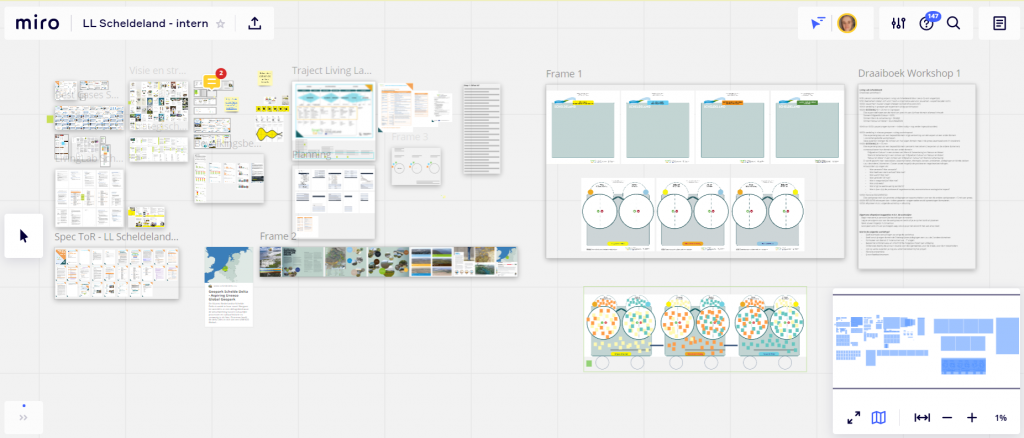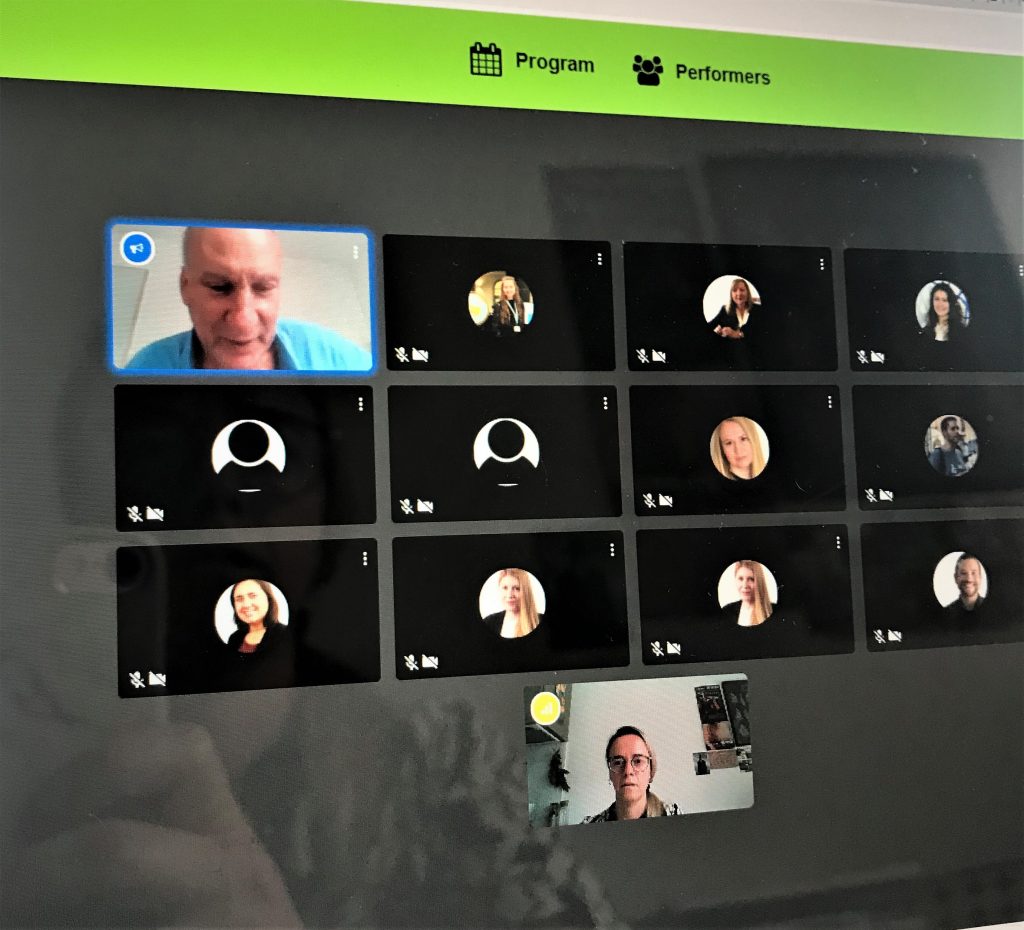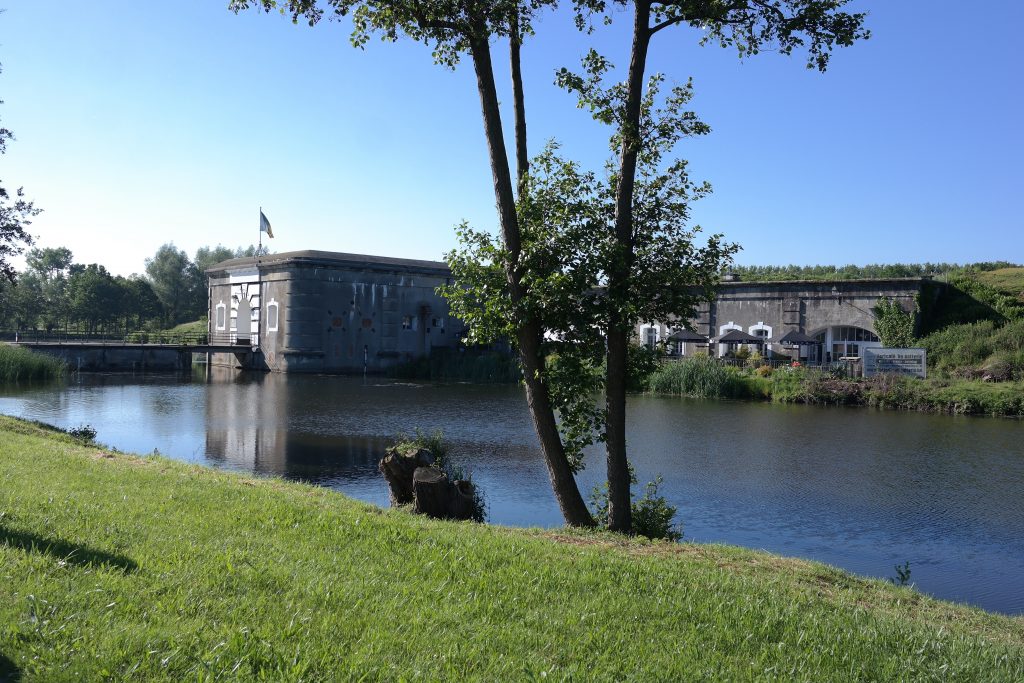Presentation on SmartCulTour and Scheldeland Living Lab at the ATLAS Conference 2021
On 7-10 September 2021, Vanessa Ágata de Abreu Santos (KU Leuven) presented her working paper on “SmartCulTour and Scheldeland Living Lab, in Belgium: using the systemic design thinking method for stakeholders’ empathy”, at the ATLAS Annual ONLINE Conference 2021. Tourism 21: Re-building Tourism – Continuities and Changes (http://www.atlas-euro.org/Default.aspx?TabID=333).
This conference was supposed to happen in Prague, but due to the current circumstances of the coronavirus, it happened at the virtual room of LIVETO digital platform, in a room dedicated to Cultural Tourism paper presentations, that were part of the special track 9 on “Cultural tourism re-visited. ATLAS SIG Cultural Tourism”, chaired by Greg Richards. This track was created to celebrate three decades since the launch of the ATLAS Cultural Tourism group. The conclusions of this group’s project are that despite this field is still a relatively new segment of global tourism, it rapidly developed from a niche market into a mass tourism product, and that cultural tourism is in constant change, continuously dividing itself in several other niches. Therefore, seven topics were covered on this special track namely: 1) new forms of cultural tourism; 2) cultural tourism development trends; 3) evolving cultures of tourism; 4) cultural tourism and regional development; 5) new cultural tourism spaces; 6) cultural tourism and the community; and 7) collaboration, and networks in cultural tourism. And the KU Leuven’s researcher focused her presentation on the latter.
It is clear to all of us how the COVID-19 pandemic has been dramatically affecting the way we communicate and interact with each other in the private and professional spheres. These problems demanded systemic and digital solutions, to keep the workflow and the engagement of stakeholders’ networks going, and we had to find ways to encourage empathy in the multi-stakeholder systems and in their cultural tourism network. But it was not an easy task to ask people to connect with each other. Inspired by all this, Vanessa Santos wanted to take a closer look and zoom in at the empathizing process and the relevance of service design tools in the context of the COVID-19 pandemic, to develop the multi-stakeholders’ networks within the system of the Scheldeland tourist region.
The work being developed by the Living Labs of SmartCulTour’s project is based on the theoretical approach of systems thinking, which examines the linkages and interactions between the actors involved in the placemaking of each Living Lab’s region. In practice, this theory is problem-based, and its purpose is to encourage the exploration of a specific context and its human connections, as well as perspectives of each stakeholder involved, to better understand the existing boundaries and collectively work on the improvements to be made within the system. As part of this paradigm, design thinking is the iterative and non-linear process used to address and redefine the complex problems found, reframing these with the use of the Double Diamond Model, suggested by the SmartCulTour researchers from the University of Lapland and Breda University of Applied Sciences. This model is implemented to make the conceptual leap from what “is” to what “might be” and facilitate divergent and convergent thinking processes among the actors that participate in the workshops, during the different stages of the design process. The work done so far in Scheldeland’s region has been carried out by Apollo18 Design agency, Visit Flanders, and KU Leuven, through the work and experimentation of its Living Laboratory, and it is now at the first section of the diamond, which starts with the concept phase, in answer to what “is” question, to work on Scheldeland’s context in depth, with the intent of focusing on its system and challenges. Within the systems thinking theory and the design thinking process, empathy is used as a tool to design with, providing insights from users’ needs and informing the overall process. Empathy can be then defined as the capacity of perceiving, sharing, and mirroring bodily experiences and emotions. Until the summer of 2021, the work process was done in one MIRO whiteboard, and included the digital collage of secondary data documents, to inform the LL’s contributors, as well as MIRO’s design tools such as diagrams, and colored sticky notes to organise with color codes the three working groups of 1) Heritage & Culture (yellow); 2) People & Society (orange); and 3) Nature and Water (blue), used as artifacts for group visualization, and interactivity, to facilitate workshop exercises.

However, as the group of stakeholders were geographically scattered, and were physically restricted to meet due to the COVID-19 lockdowns, there was a common frustration and expressed need for a physical encounter to better understand the environment/ context of each stakeholder. So, a field trip was arranged to meet in real life! Real-life workshop exercises then started at the end of September, including various role-playing techniques, for consensus building. This arts-based performative method is considered a core element of this design approach and is commonly used to express the value of the stakeholders’ ideas, and gradually unveiling both functional and emotional layers, to render bodily understandings of environments and its users, and facilitate the perception of in-situ experiences and emotions of others, and how to relate with them.
On this account, this study concludes that design thinking processes require a certain degree of mutuality and locality, meaning that there is some level of physical interaction which needs to happen and be embedded in the stakeholders’ geographical locations, as they make the design process concrete through its physicality.



